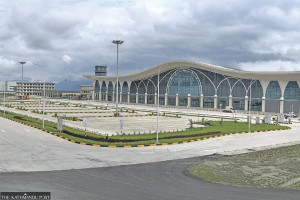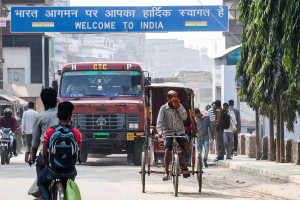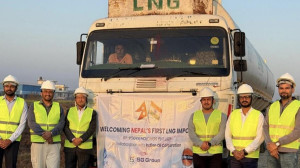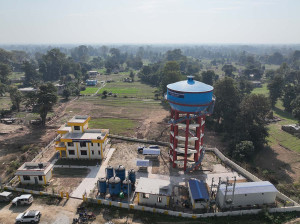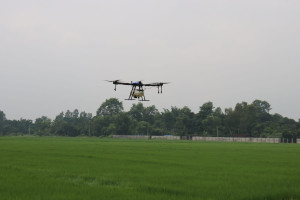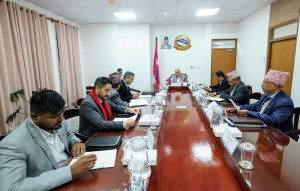Money
Buddha Air plans ATR 72 Nepalgunj-Delhi service
Private carrier Buddha Air has been working to operate a Nepalgunj-New Delhi service following moves by Nepal and India to make the L626 Kathmandu-Mahendranagar-Delhi airway bidirectional. Currently, only westbound aircraft are allowed to use this airway to fly out of Nepal.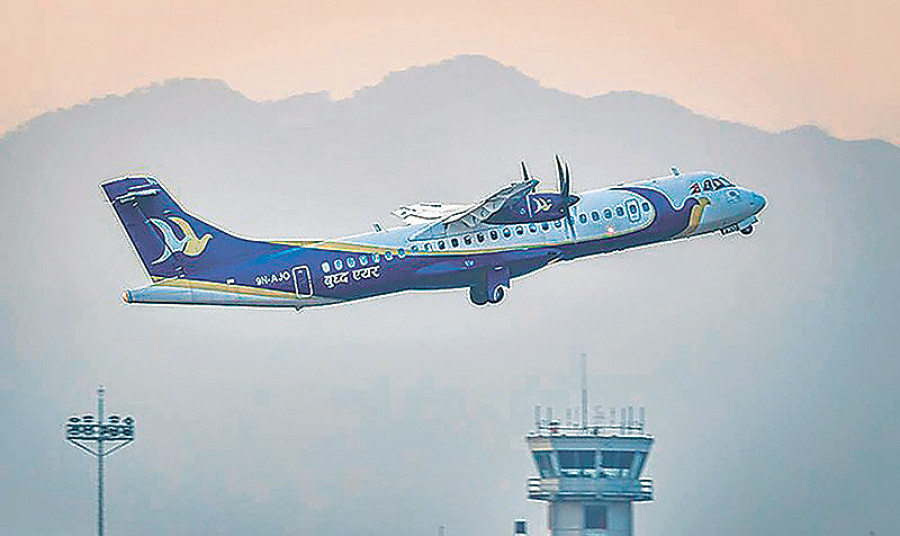
Private carrier Buddha Air has been working to operate a Nepalgunj-New Delhi service following moves by Nepal and India to make the L626 Kathmandu-Mahendranagar-Delhi airway bidirectional. Currently, only westbound aircraft are allowed to use this airway to fly out of Nepal.
A flight from Nepalgunj in southwestern Nepal to New Delhi will last an hour by ATR 72 aircraft. Buddha plans to connect the Indian capital
in a bid to cash in on the pilgrim traffic to Kailash Manasarovar in China.
Tour operators said that 20,000 pilgrims had made confirmed bookings to the sacred mountain and lake as of mid-May. According to them, if direct connectivity is established for high-end pilgrims, Nepal can receive at least 100,000 Kailash-bound Indian visitors annually. The popular Kailash Manasarovar Yatra season normally begins in May and lasts till September.
“We are formally applying for the route permission at the Civil Aviation Authority of Nepal (Caan) on Monday,” said Birendra Bahadur Basnet, managing director of Buddha Air. The carrier plans to fly three weekly services.
In February last year, India agreed to make the L626 route a two-way route. However, the two countries have not been able to conduct a safety assessment of the proposed route. “The Indian ambassador has recently assured us about establishing L626 as a two-way route as soon as possible,” said Basnet. The Nepalgunj hub will not only cater to Manasarovar visitors but also travellers to Swargadwari, an important pilgrimage site for Hindus in Pyuthan Pokhara and Rara in Mugu, Basnet said.
Sanjeev Gautam, director general of the Civil Aviation Authority of Nepal (Caan), said Nepalgunj-Delhi was one of the most technically and financially viable routes and holds the potential to make Nepalgunj a vibrant travel hub. “First, we have to declare the airport as Nepalgunj International Airport after the two-way route is implemented. Then the government has to proceed with establishing immigration, customs and quarantine offices.”
“The airport can begin operations with the current infrastructure that can be upgraded gradually,” he said, adding that if things go as planned, it would not take more than six months for international flights to start operating out of Nepalgunj.
“As the airport needs separate domestic and international terminals, we can move domestic flights to the daytime and international flights to the nighttime until a new international terminal building is constructed,” said Gautam. Nepalgunj Airport is equipped with technology to serve night flights.
Tourism entrepreneurs said that the number of pilgrims visiting Kailash Manasarovar had swelled since last year after Chief Minister Yogi Adityanath of the Indian state of Uttar Pradesh announced that his government would provide a IRs100,000 grant to pilgrims. Prices for the 14-day package start at IRs145,000 and go up to IRs200,000.
The pilgrimage is widely popular among Indian pilgrims. After the Chinese government closed the Tatopani border point north of Kathmandu due to damage by the 2015 earthquake, Indian travellers have been using the Nepalgunj-Humla route, the shortest way to reach Kailash Manasarovar. There are five routes to Mt Kailash and Lake Manasarovar. Two of them, Lipulekh Pass in Uttarakhand and Nathula in Sikkim, are in India. They are the longest and most expensive routes. It takes nearly three weeks to reach the holy place using these routes, and the trip is difficult too. Moreover, only a few pilgrims travel on these routes as they need to get a special permit from the Indian government.
Nepal offers three routes to Kailash Manasarovar. However, after the Chinese government closed the Tatopani and Rasuwagadhi border points, Nepalgunj in southwestern Nepal has become the key gateway.
The Nepalgunj-Simikot-Hilsa-Manasarovar route is the shortest, and the itinerary is affordable and easy. Travellers usually fly from Nepalgunj to Simikot by fixed-wing aircraft and then take a helicopter to Hilsa on the border with Tibet, China. As Nepalgunj has become a major gateway, more than a dozen luxury hotels have sprung up to cater to Indian visitors.
Airline to fly twice weekly to Varanasi
KATHMANDU: Buddha Air on Sunday announced that it would be starting a twice weekly service on the Kathmandu-Varanasi sector on June 29. The carrier said that the flights would operate on Fridays and Mondays.
Varanasi, also known as Banaras or Kashi, is located in Uttar Pradesh state in India. “We have been conducting charter flights on the sector. The scheduled flights are not only aimed at bringing Indian pilgrims to Nepal but also catering to Nepali visitors,” the airline said.
“We have prepared an exclusive and price efficient package,” said Astha Basnet, chief of research and development division of Buddha Air.




 7.12°C Kathmandu
7.12°C Kathmandu





